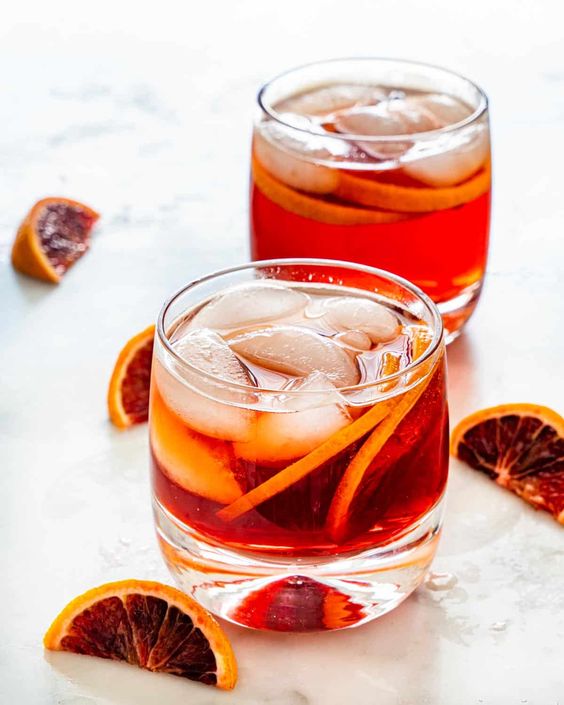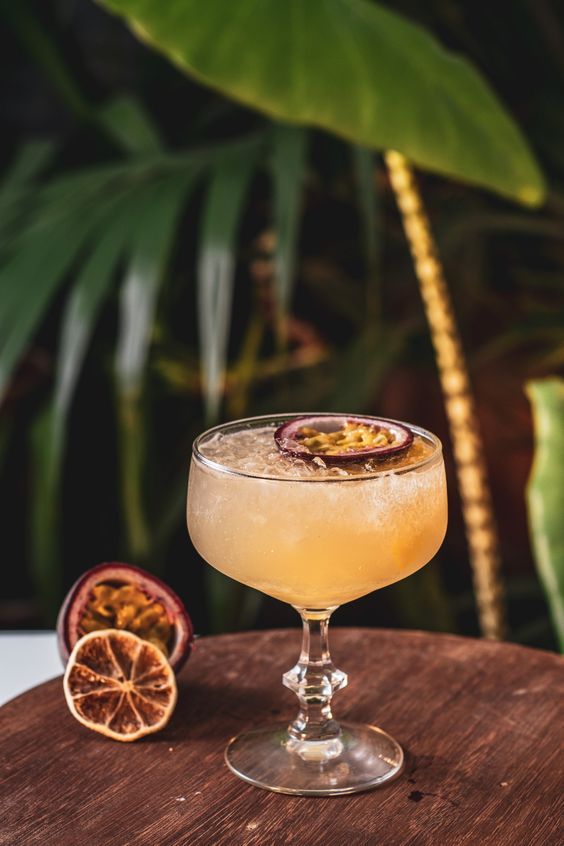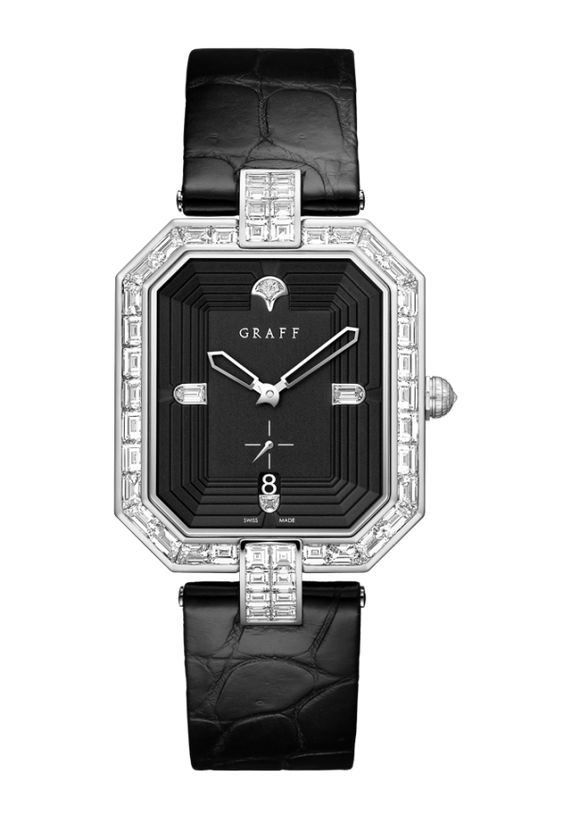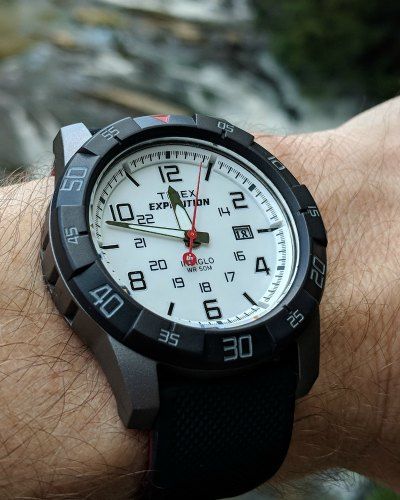Defining Cocktail Couture as the fusion of fashion and mixology.
Cocktail Couture emerges as a dynamic realm, captivating the senses through the seamless fusion of fashion and mixology. This trend goes beyond the ordinary, actively defining a space where aesthetics meet libations in a transitive dance of creativity and sophistication. The very essence of Cocktail Couture lies in the deliberate intertwining of these two worlds, creating an immersive experience that goes beyond the mere act of drinking.
In the world of Cocktail Couture, each concoction is a carefully curated ensemble, with the glass becoming a canvas for mixologists to showcase their craftsmanship. The transitive nature of this fusion is evident in the meticulous attention paid to presentation, where colors, garnishes, and glassware mirror the latest fashion trends. As enthusiasts wine and dine, the act of imbibing becomes a visual and sensory journey, transcending the traditional boundaries of mixology.
Cocktail Couture actively draws inspiration from the runway, incorporating fashion-forward elements into the very fabric of mixology. The keyword, to wine and dine, takes on new meaning as patrons indulge not just in beverages but in an orchestrated symphony of taste, style, and sophistication. In this fusion, each sip becomes a transitive exploration, an expression of the evolving tapestry where fashion and mixology seamlessly converge. Defining Cocktail Couture is, therefore, an active proclamation of a trend that not only tantalizes the taste buds but elevates the entire drinking experience into a visual and sensory feast.
Exploring the historical connection between fashion and cocktails
Delving into the historical tapestry, we uncover the fascinating and active connection between fashion and cocktails, a relationship that has woven its way through the annals of time, inviting enthusiasts to wine and dine in eras past. The interplay between these two realms is more than mere happenstance; it’s a transitive evolution that mirrors societal shifts, artistic movements, and the ever-changing preferences of discerning individuals.
Throughout history, from the opulence of the Roaring Twenties to the rebellious spirit of the 1960s, fashion and cocktails have danced in harmony. The cocktail culture of each era actively reflected the prevailing fashion trends. Flapper dresses and speakeasies, mod fashion and vibrant, colorful cocktails – these were not isolated occurrences but deliberate expressions of the zeitgeist, showcasing a shared language of style and taste.
In the mid-20th century, cocktail parties became the epitome of refined social gatherings, where the fashion of the evening was as carefully curated as the drinks served. The transitive nature of this historical connection is evident in the meticulous attention paid to the overall aesthetic – from the attire of the host to the presentation of the cocktails.
Fast forward to contemporary times, and the bond between fashion and cocktails remains vibrant and active. Mixologists draw inspiration from current fashion trends, creating cocktails that actively mirror the colors, textures, and even the attitudes of the runway. In the quest to wine and dine with sophistication, the historical connection between fashion and cocktails continues to influence and shape the evolving narrative of our social indulgences.
Discussing the impact of presentation on the drinking experience
The impact of presentation on the drinking experience is an active consideration that transcends the mere act of consuming a beverage. As enthusiasts embark on a journey to wine and dine, the visual allure of a well-presented drink becomes a transitive element that significantly influences their overall enjoyment.
A carefully crafted presentation is more than just a feast for the eyes; it actively engages the senses, setting the stage for a multi-faceted experience. The glassware, garnishes, and even the choice of serving vessel contribute to the transitive narrative of the drink, creating a story that unfolds with every sip. The meticulous attention to presentation is an intentional choice by mixologists and bartenders, aiming to elevate the drinking experience into a sensorial journey.
In the realm of mixology, the impact of presentation extends beyond aesthetics to influence perceptions of taste. A thoughtfully garnished cocktail, served in an artistically chosen glass, actively enhances the anticipation and appreciation of flavors. This transitive relationship between presentation and taste is a dynamic interplay that transforms a simple drink into an immersive experience.
Moreover, the impact of presentation isn’t confined to the drink alone; it extends to the ambiance of the setting. The choice of presentation actively contributes to the overall atmosphere, creating a visual harmony that resonates with the desired mood. In essence, discussing the impact of presentation on the drinking experience is an exploration of how the transitive elements of aesthetics, taste, and atmosphere converge to elevate the act of imbibing into an artful and memorable occasion.
Outlining mixology techniques influenced by fashion trends
Outlining mixology techniques influenced by fashion trends is an active exploration into the innovative and dynamic world where the realms of taste and style intersect. Mixologists, inspired by the ever-evolving fashion landscape, actively incorporate transitive techniques that not only tantalize the taste buds but also engage patrons in an immersive wine and dine experience.
One prominent technique influenced by fashion is the artful layering of flavors, akin to the intricate layers of a well-designed ensemble. Just as fashion designers carefully combine textures and patterns, mixologists actively experiment with complementary and contrasting flavors, creating cocktails that are as nuanced as the finest couture.
The use of vibrant colors in both fashion and mixology becomes a transitive language that speaks to the senses. From bold, jewel-toned cocktails that mirror the richness of a runway ensemble to pastel-hued drinks reminiscent of spring fashion, the visual presentation actively enhances the overall drinking experience.
Texture, another key element in fashion, finds its counterpart in mixology through techniques such as foam creation and molecular gastronomy. These transitive methods add a tactile dimension to the drink, inviting patrons to not only savor the flavors but also appreciate the diverse sensations as they wine and dine.
Furthermore, the trend of customization, prevalent in both fashion and mixology, actively allows patrons to tailor their drinks to personal preferences. Just as a bespoke suit or dress is crafted to fit an individual, mixologists curate personalized cocktails, ensuring that each sip aligns with the unique tastes of the consumer. In essence, the outlining of mixology techniques influenced by fashion trends is an active celebration of the symbiotic relationship between the worlds of taste and style.
Examining partnerships between mixologists and fashion designers
Examining partnerships between mixologists and fashion designers reveals an active collaboration that transcends the boundaries of traditional industries, creating a transitive space where the worlds of mixology and fashion converge to redefine the wine and dine experience. This dynamic synergy, where taste meets style, has given rise to innovative ventures that elevate the aesthetics of both beverages and fashion.
In recent years, high-profile collaborations have seen mixologists actively collaborating with renowned fashion designers to curate signature cocktails that mirror the essence of a designer’s collection. This transitive approach involves more than just creating a drink; it’s about crafting an entire experience that resonates with the themes, colors, and mood of a fashion line. The partnership becomes a deliberate choice to immerse patrons in a multisensory journey of taste and style.
The keyword, to wine and dine, takes on added significance as these collaborations actively contribute to the ambiance of upscale establishments. Sipping on a cocktail inspired by a designer’s vision becomes an integral part of the overall experience, creating a seamless fusion of taste and fashion that patrons actively seek.
Moreover, examining partnerships between mixologists and fashion designers underscores a shared commitment to innovation. Transitive techniques from the fashion world, such as fabric-inspired infusions and runway-themed presentations, are seamlessly integrated into mixology, creating drinks that are not only delicious but also visually stunning. These collaborations actively contribute to the evolution of both industries, demonstrating that the art of wine and dine extends beyond the plate and glass to embrace a holistic celebration of taste and style.
Exploring the use of fashionable ingredients in modern mixology

Exploring the use of fashionable ingredients in modern mixology is an active journey into a realm where taste meets trend, and the art of wine and dine takes on a dynamic, transitive form. Mixologists, inspired by the ever-evolving world of fashion, actively seek out innovative ingredients that not only tantalize the palate but also reflect the latest culinary and sartorial trends.
One notable trend is the infusion of floral elements into cocktails, inspired by the resurgence of botanicals in haute couture. Lavender, rose, and hibiscus have become fashionable ingredients, imparting not just delightful flavors but also a visual and aromatic elegance to beverages. The act of exploring these floral notes becomes an active choice to elevate the sensory experience of wine and dine.
Superfoods, another fashion-forward addition, are actively making their way into mixology. Ingredients like acai berries, matcha, and chia seeds not only offer unique flavors but also align with the contemporary focus on wellness and health-conscious choices. This transitive incorporation of superfoods into cocktails caters to a modern audience seeking a harmonious blend of indulgence and mindful consumption.
Moreover, artisanal herbs and exotic spices have become fashionable components, actively contributing to the complexity and depth of flavors in modern mixology. Ingredients like cardamom, cilantro, and lemongrass, borrowed from international culinary trends, add a transitive touch of global flair to cocktails, transforming the act of imbibing into a journey around the world.
In essence, exploring the use of fashionable ingredients in modern mixology is an active celebration of the marriage between taste and style, where each sip becomes a transitive expression of the ever-changing and diverse landscape of both culinary and fashion trends.
Showcasing Cocktail Couture through themed events and competitions

Showcasing Cocktail Couture through themed events and competitions is an active celebration that transforms the act of imbibing into a dynamic, transitive experience where aesthetics, taste, and competition converge. These curated events become more than just a gathering; they are deliberate platforms that invite patrons to wine and dine while immersing themselves in the artful world of high-stakes mixology.
Themed events, often inspired by seasonal fashion trends or historical eras, actively engage participants and onlookers alike. The deliberate choice of themes is transitive, creating an immersive atmosphere that extends beyond the mere consumption of beverages. As attendees wine and dine, they become part of a larger narrative, one where cocktails are not just drinks but expressions of creativity, style, and innovation.
Competitions within the realm of Cocktail Couture are an active showcase of the prowess of mixologists. These events become dynamic arenas where transitive techniques, inspired by fashion trends, are put to the test. From runway-inspired presentations to the use of avant-garde ingredients, the competitions actively push the boundaries of traditional mixology, inviting participants to elevate the wine and dine experience to new heights.
The keyword, to wine and dine, takes on a competitive edge in these themed events. Attendees actively participate in the excitement, tasting and critiquing cocktails that embody the essence of the theme. The transitive nature of these events transforms the act of enjoying drinks into a multisensory journey, an artful celebration that transcends the conventional boundaries of a night out.
The Evolving Tapestry of Cocktail Couture
The evolving tapestry of Cocktail Couture actively weaves a dynamic narrative where the worlds of fashion and mixology converge, inviting enthusiasts to wine and dine within an ever-changing, transitive landscape of taste and style. This concept goes beyond traditional cocktail crafting; it embodies an intentional fusion where each sip becomes a brushstroke, contributing to an ongoing masterpiece of sensory indulgence.
The keyword, to wine and dine, takes on a sophisticated resonance within the context of Cocktail Couture. As trends shift and evolve, so do the techniques and aesthetics within mixology. The transitive nature of this evolution is evident in the deliberate choices made by mixologists to stay ahead of the curve, creating drinks that actively mirror the current pulse of fashion.
Cocktail Couture is an active celebration of the artistry inherent in both fashion and mixology. Mixologists draw inspiration from haute couture runways, translating the colors, textures, and themes of the fashion world into liquid expressions. This transitive process transforms the cocktail into a wearable accessory, an integral part of the ensemble that enhances the overall wine and dine experience.
Moreover, the evolving tapestry of Cocktail Couture is not confined to a single aesthetic; it’s a continuous exploration of diverse influences. From vintage-inspired classics to avant-garde creations, each thread contributes to the rich, transitive narrative of this ever-evolving trend. Enthusiasts are not just consumers; they are active participants in a cultural shift where the act of imbibing becomes a form of artistic expression, and the wine and dine experience becomes a canvas for creativity.







